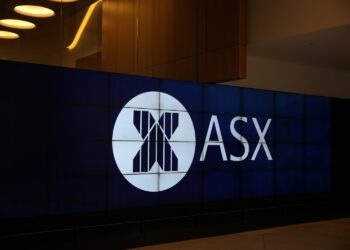As recorded in the Reserve Bank of Australia’s (RBA) April monetary policy meeting minutes, the Australian economy is back in swing.
Preliminary data has shown that the country’s GDP over the March quarter has likely recovered to its pre-pandemic level, earlier than previously expected, after it grew by 3.1 per cent in the three months to December.
RBA members noted the roll-out of the COVID-19 vaccines is supporting the recovery of the global economy, and while the road ahead remains uneven, there are better prospects for a sustained rebound.
There was also a fall in the unemployment rate to 5.8 per cent in February, with the number of people employed returning to pre-pandemic levels.
But wage and price pressures remain subdued, with the RBA ruling the unemployment rate is “still too high”. To hit the central bank’s inflation target of 2 to 3 per cent, wages growth needs to be above 3 per cent, a material way above its current level.
And to achieve such wages growth, Australia needs significant gains in employment, with the RBA wanting a “return to a tight labour market”.
But inflation in underlying terms is expected to remain below 2 per cent over both 2021 and 2022, with the 2 to 3 per cent target not projected to happen before 2024.
The Reserve Bank previously expressed concerns that the wind-back of JobKeeper would leave the employment outlook uncertain, but it has now stated that the initial increase and subsequent fall of the unemployment rate through the past year have been “much sharper” than the downturns of the 1980s and 90s.
The rise is expected to limit the long-term scarring effects that could hamper the recovery for the labour market.
“Employment had returned to pre-pandemic levels considerably faster than expected. There had also been a shift in growth from part-time to full-time employment,” the minutes noted.
“Forward-looking indicators of labour demand had remained strong, with job vacancies and advertisements above pre-pandemic levels, and employment intentions trending higher. This partly reflected the need for firms to rehire for positions vacated during the pandemic and a period of catch-up in hiring that had been delayed in 2020.
“These indicators suggested that at least some of the job losses that were likely to follow the end of the JobKeeper program would be offset by new hiring.”
But the full effect of winding back JobKeeper is only expected to be realised in the coming months.







